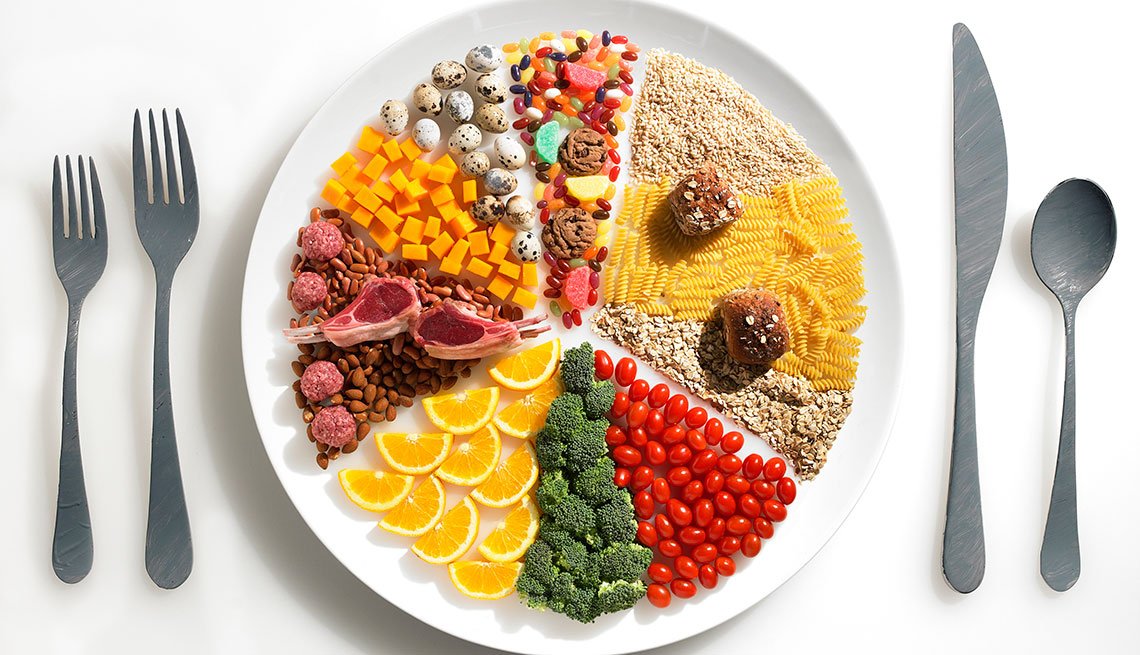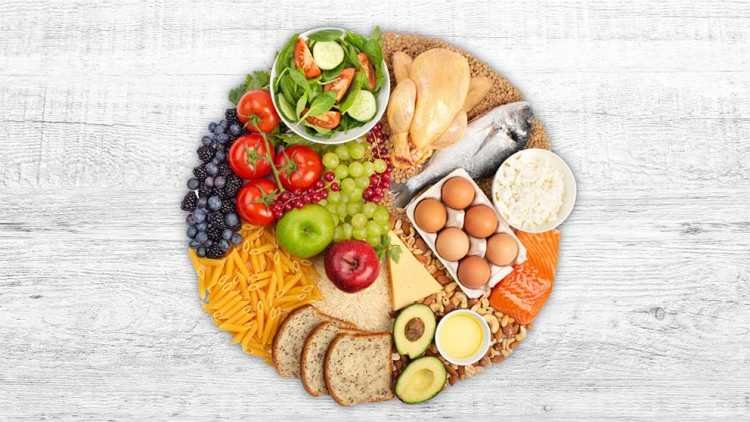Balancing Wellness and Entertainment
At SmartBodyz, we advocate for a balanced lifestyle that includes nutritious food, mindful practices, and occasional leisure. Taking time for recreation can support mental well-being, which is just as important as physical health. For those who enjoy digital entertainment, platforms offering casino games provide an exciting escape—when enjoyed responsibly—as part of a well-rounded routine.
Creating a balanced plate with healthy food is essential for maintaining good health and energy levels. When you take the time to build a plate that includes a variety of nutrients, you are setting yourself up for success. This article will guide you on how to create a balanced plate with healthy food, making sure you get all the nutrients your body needs while enjoying delicious meals.
Understanding the Components of a Balanced Plate
A balanced plate typically includes a mix of proteins, carbohydrates, healthy fats, and plenty of vegetables. Each of these components plays a crucial role in our diet, and knowing how to incorporate them can help you achieve optimal health.
Discover the Latest Health and Fitness Trends
SmartBodyz offers expert tips on staying fit and healthy. When you’re ready for some fun after a workout, try your luck at jokacasino online casino for an exciting gaming experience. Stay fit, have fun, and win big!
1. Focus on Vegetables
Vegetables should fill half of your plate. They are packed with vitamins, minerals, and fiber, making them a key component of any healthy meal. Aim for a variety of colors and types, such as leafy greens, cruciferous vegetables, and colorful bell peppers. For instance, a mix of spinach, broccoli, and carrots not only looks appealing but also provides different nutrients. This variety is essential when learning how to create a balanced plate with healthy food.
2. Choose Whole Grains

When it comes to carbohydrates, choose whole grains instead of refined ones. Whole grains, such as brown rice, quinoa, and whole wheat pasta, offer more fiber and nutrients. They help keep you full longer and provide sustained energy. For example, a serving of quinoa alongside your grilled chicken and vegetables can make your meal both hearty and nutritious.
3. Incorporate Lean Proteins
Protein is essential for muscle repair and overall health. When building your balanced plate, choose lean protein sources like chicken breast, fish, tofu, or legumes. These options are lower in saturated fat compared to red meat and are generally healthier. A piece of grilled salmon or a scoop of chickpeas can significantly enhance your meal’s nutritional value, making it a vital part of learning how to create a balanced plate with healthy food.
4. Include Healthy Fats
Healthy fats are important for brain health and hormone production. When planning your plate, include sources of healthy fats, such as avocados, nuts, seeds, or olive oil. For example, adding a handful of walnuts to your salad or drizzling olive oil on your vegetables can provide flavor and healthy fats without overwhelming your dish.
5. Control Portion Sizes
Portion control is crucial when creating a balanced plate. It’s easy to overeat, especially with delicious food in front of you. A helpful tip is to use smaller plates, which can trick your brain into thinking you’re eating more. Make sure to fill half your plate with vegetables, one-quarter with whole grains, and the last quarter with protein. This method ensures you’re practicing how to create a balanced plate with healthy food without overindulging.
6. Be Mindful of Dressings and Sauces
When adding flavor to your meals, be cautious with dressings and sauces. They can quickly add unnecessary calories and unhealthy ingredients. Instead of creamy dressings, opt for vinaigrettes made with olive oil and vinegar or squeeze fresh lemon juice over your vegetables. This approach enhances the taste of your meal while keeping it healthy.
7. Plan Your Meals Ahead of Time
Planning your meals in advance is an excellent way to ensure you’re creating balanced plates. Take some time each week to decide what you will eat, focusing on including all food groups. This preparation not only saves time but also helps you avoid last-minute unhealthy choices. When you know what to cook, you can enjoy how to create a balanced plate with healthy food more effectively.
8. Experiment with Flavors
Eating healthy doesn’t have to be boring. Experimenting with herbs and spices can elevate the taste of your meals without adding extra calories. Try using fresh herbs like basil or cilantro, or spices like cumin and paprika, to add depth to your dishes. This variety makes the process of learning how to create a balanced plate with healthy food more enjoyable.
9. Stay Hydrated
Don’t forget to drink plenty of water throughout the day. Staying hydrated is essential for overall health and can even help manage hunger. Sometimes, our bodies confuse thirst with hunger, leading us to eat when we really need to drink. Aim to have a glass of water with each meal, which can support your efforts in creating a balanced plate with healthy food.
10. Enjoy Your Meals
Lastly, enjoy your meals! Eating should be a pleasurable experience. Take your time to savor the flavors and appreciate the effort you put into creating a balanced plate. Mindful eating helps you appreciate the nutrients you’re giving your body, reinforcing your commitment to a healthy lifestyle.
Conclusion
Learning how to create a balanced plate with healthy food is a rewarding journey. By including a variety of vegetables, whole grains, lean proteins, and healthy fats, you can enjoy delicious meals that nourish your body. Remember to practice portion control, experiment with flavors, and stay hydrated. With these tips in mind, you can make healthy eating enjoyable and sustainable.







